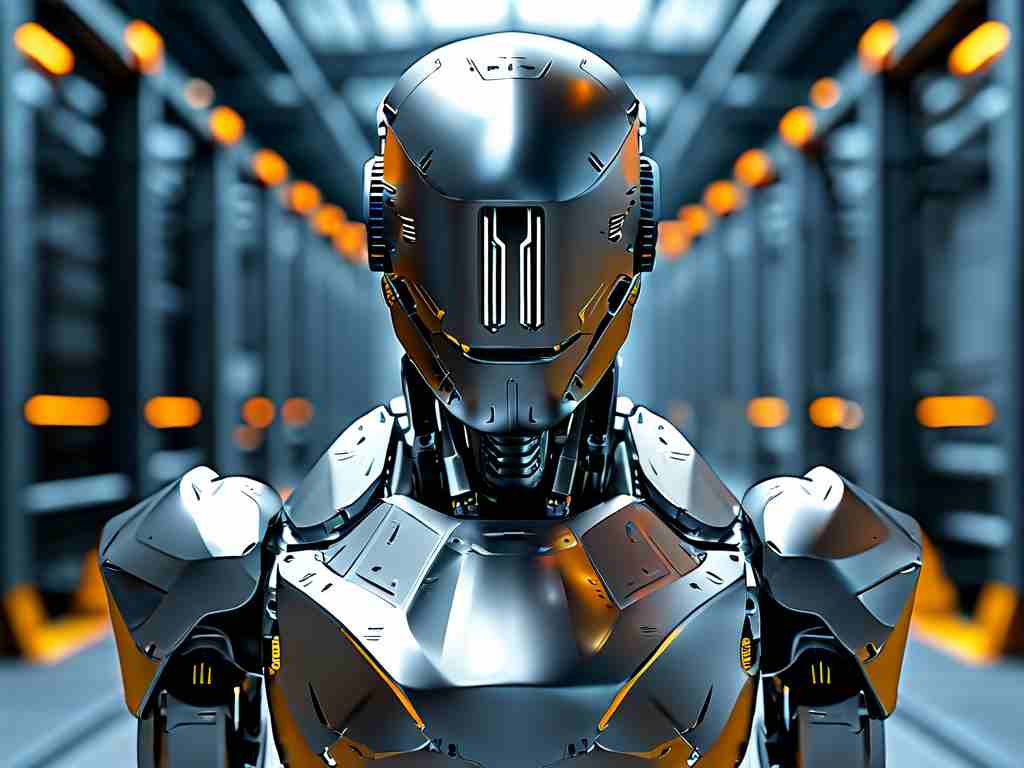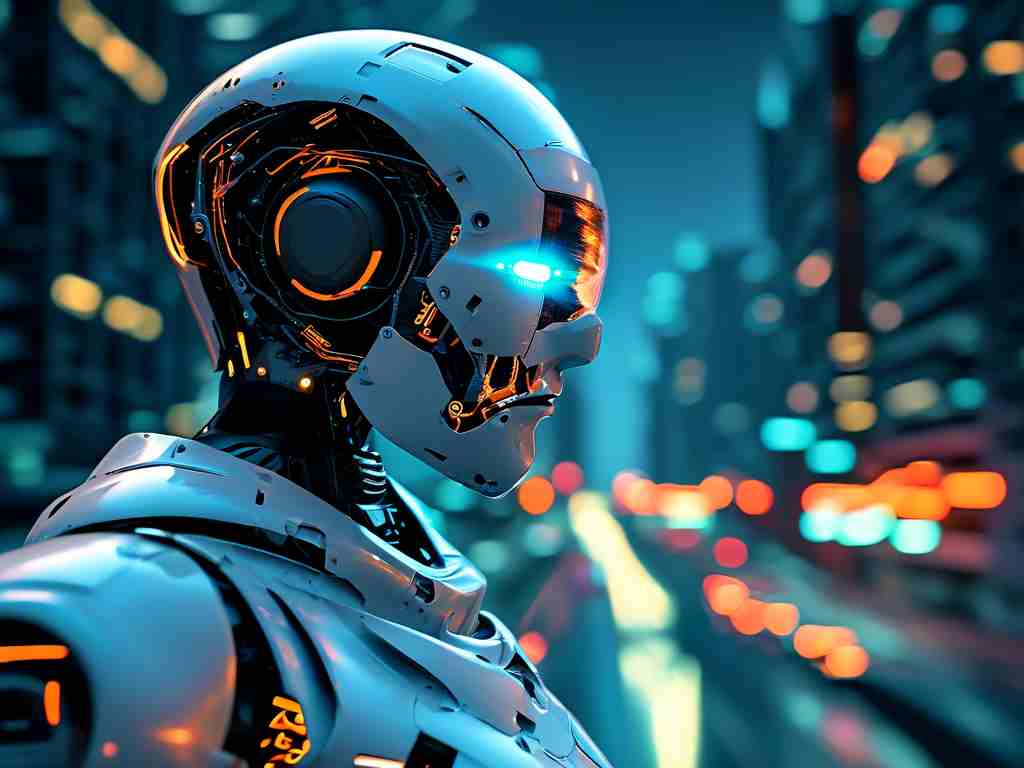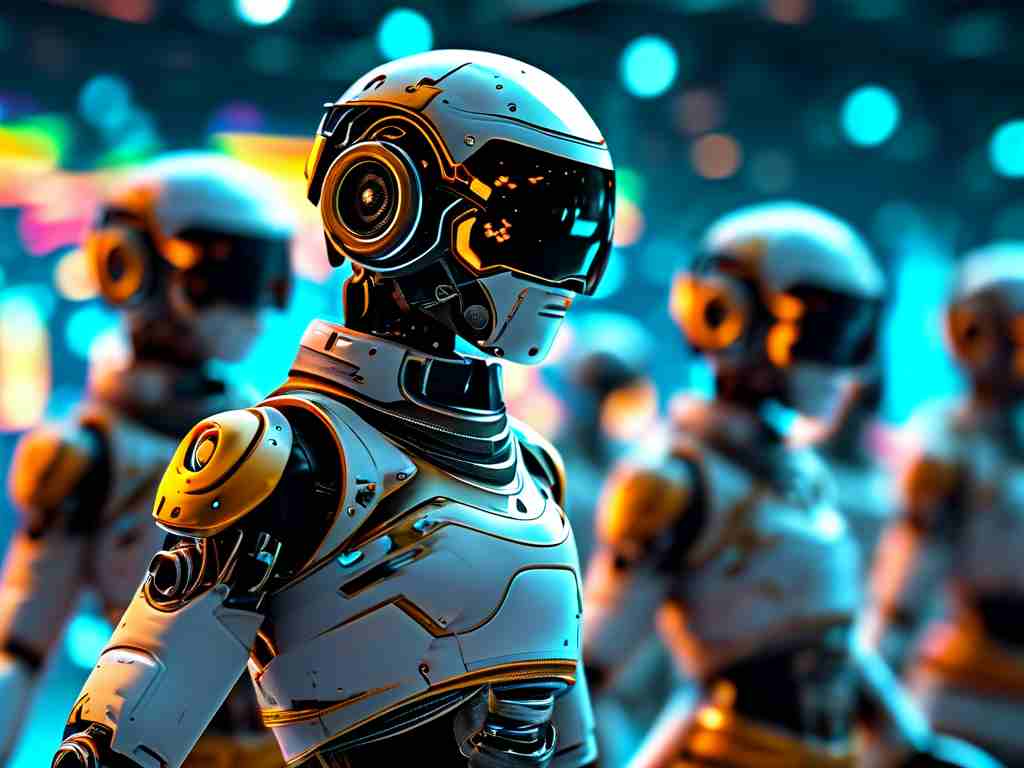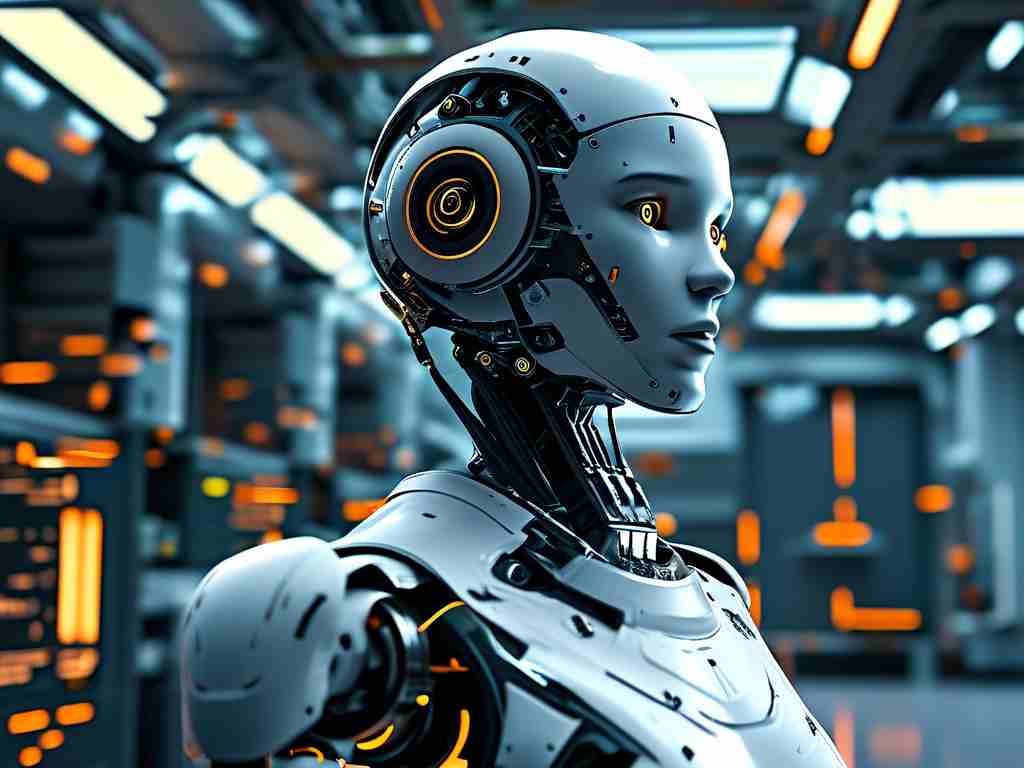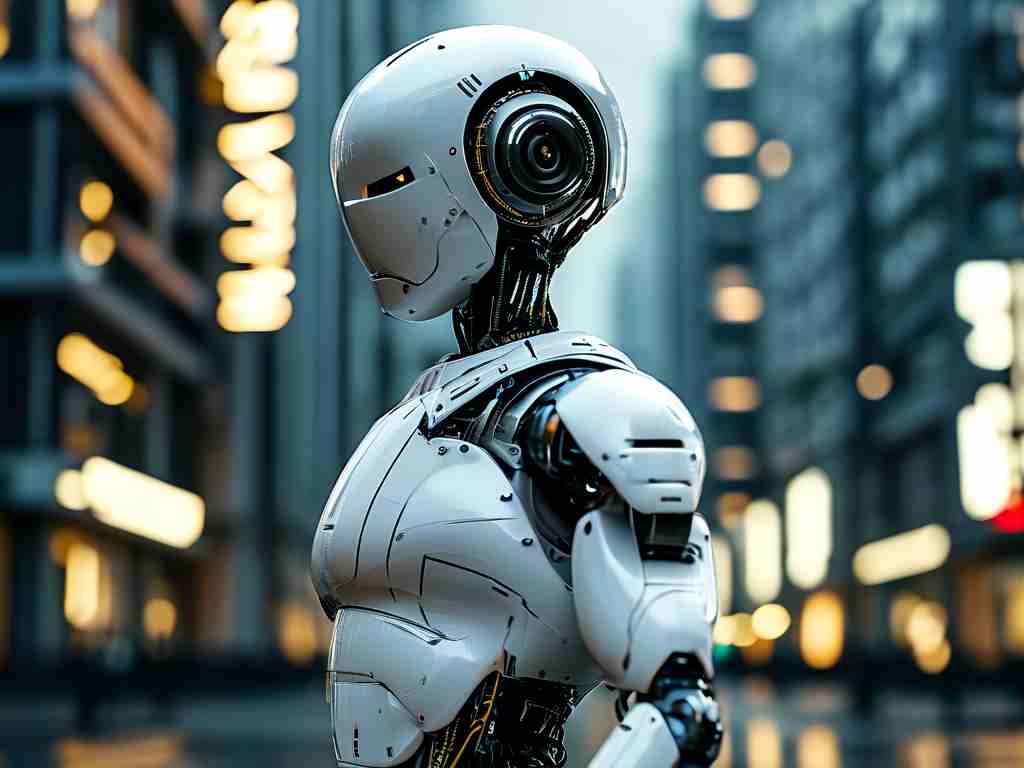The robotics field has witnessed unprecedented advancements in 2024, with adaptive learning systems emerging as the cornerstone of next-generation intelligent machines. Unlike traditional programmed robots limited to repetitive tasks, modern systems now demonstrate human-like reasoning through neural-symbolic architectures - a hybrid approach combining neural networks with symbolic AI.
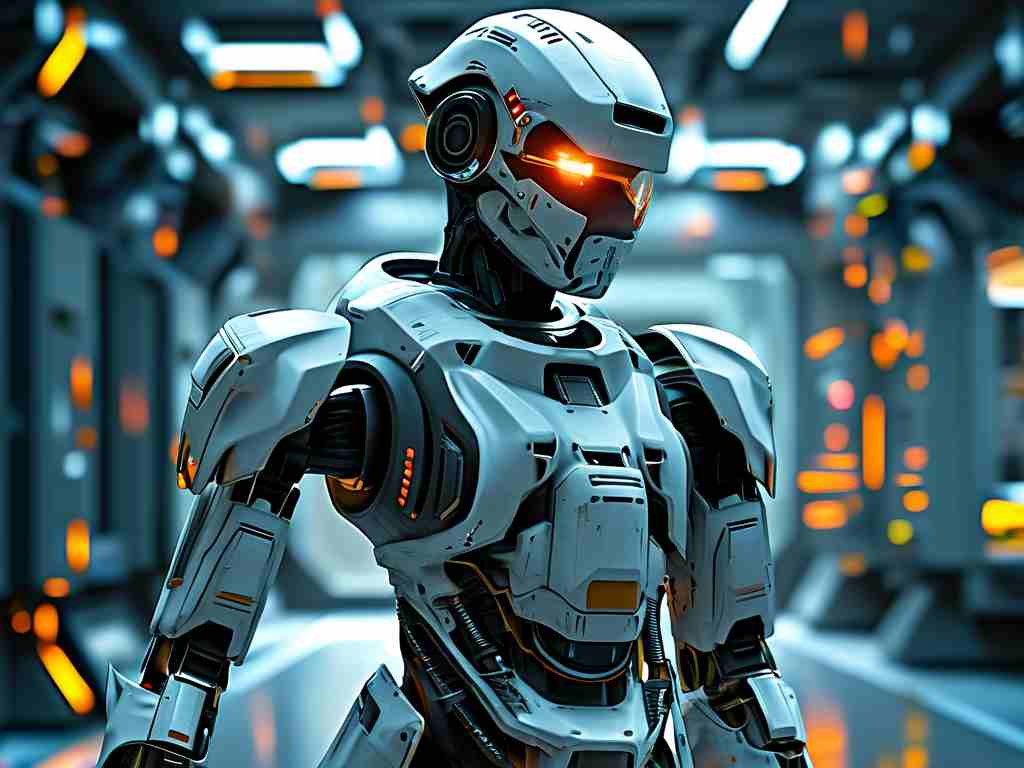
At the heart of this transformation lies self-optimizing decision engines capable of processing multi-modal inputs in under 50 milliseconds. Researchers at MIT's Embodied Intelligence Lab recently unveiled a coffee preparation robot that not only memorizes recipes but dynamically adjusts brewing parameters based on real-time taste feedback. This tactile-visual integration represents a 300% improvement in sensory processing efficiency compared to 2022 models.
Industrial applications are seeing particularly dramatic shifts. Automotive manufacturers like Tesla now deploy assembly-line robots with "failure anticipation" capabilities, reducing production errors by 42% through predictive maintenance algorithms. These systems analyze torque variations and thermal patterns to predict component wear up to 72 hours before actual malfunction occurs.
The medical robotics sector achieved landmark progress with the FDA-approved SurgiBot 5.0. This surgical assistant demonstrates sub-millimeter precision in tissue manipulation while automatically adjusting pressure levels based on real-time cellular response data. During clinical trials, it reduced procedure times for complex neurosurgeries by 28% while improving patient recovery metrics.
Energy efficiency breakthroughs are equally noteworthy. Boston Dynamics' new Atlas model consumes 60% less power than previous iterations through biomechanically-inspired joint designs. The robot's adaptive power distribution system prioritizes energy to active limbs while maintaining others in low-power standby, mimicking human energy conservation patterns.
However, these technological leaps present new challenges. The International Robotics Ethics Board recently issued guidelines addressing "algorithmic accountability" in autonomous systems. As robots make increasingly complex decisions, developers face pressing questions about audit trails and responsibility frameworks - particularly in safety-critical domains like construction and healthcare.
Looking ahead, quantum computing integration appears poised to trigger the next paradigm shift. Early-stage prototypes at IBM Research demonstrate quantum-enhanced path planning algorithms that solve complex navigation problems 1,800 times faster than classical systems. While still in experimental phases, this could revolutionize disaster response robotics by enabling real-time processing of chaotic environmental data.
The workforce implications remain hotly debated. Contrary to doomsday predictions, the World Economic Forum's latest report suggests robotics adoption will create 23 million new jobs by 2030, particularly in robot maintenance and AI training roles. Vocational programs are already adapting - Singapore's Polytechnic now offers specialized courses in "Collaborative Robotics Management" to bridge the skills gap.
As these technologies mature, public-private partnerships become crucial. The European Union's Horizon 2030 initiative allocates €4.2 billion for ethical robotics development, emphasizing human-centric design principles. Meanwhile, startups like NeuraBot are pioneering affordable modular systems, making advanced robotics accessible to small manufacturers through subscription-based AI services.
The ultimate test lies in seamless human-robot coexistence. Recent field tests in elderly care facilities show promising results - social robots equipped with emotional recognition algorithms reduced patient anxiety levels by 37% compared to standard care. As we navigate this technological frontier, the focus must remain on augmenting human capabilities rather than replacing them.



